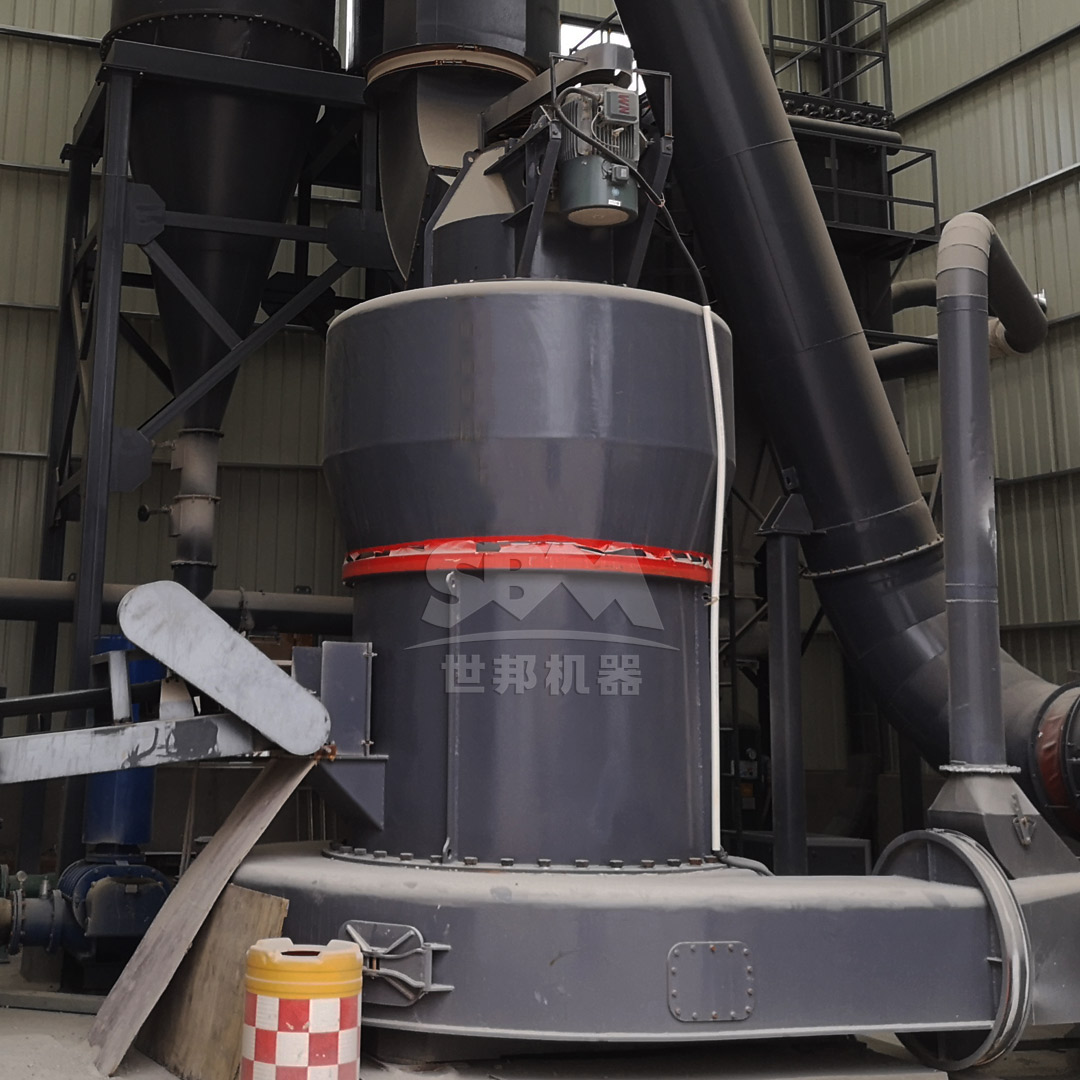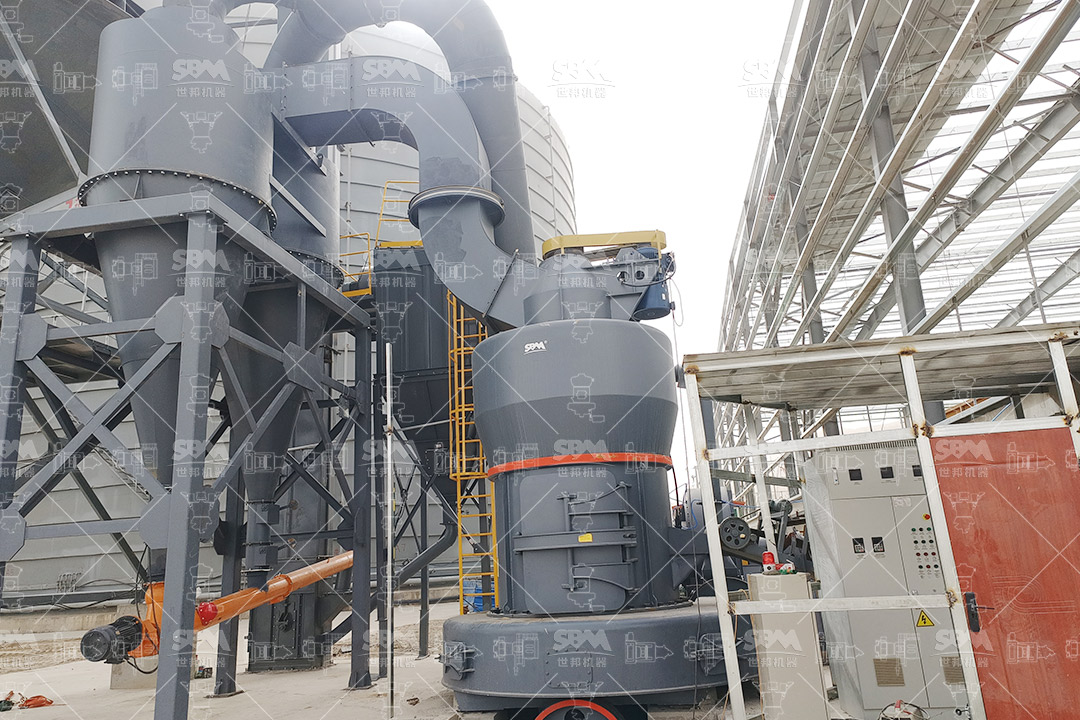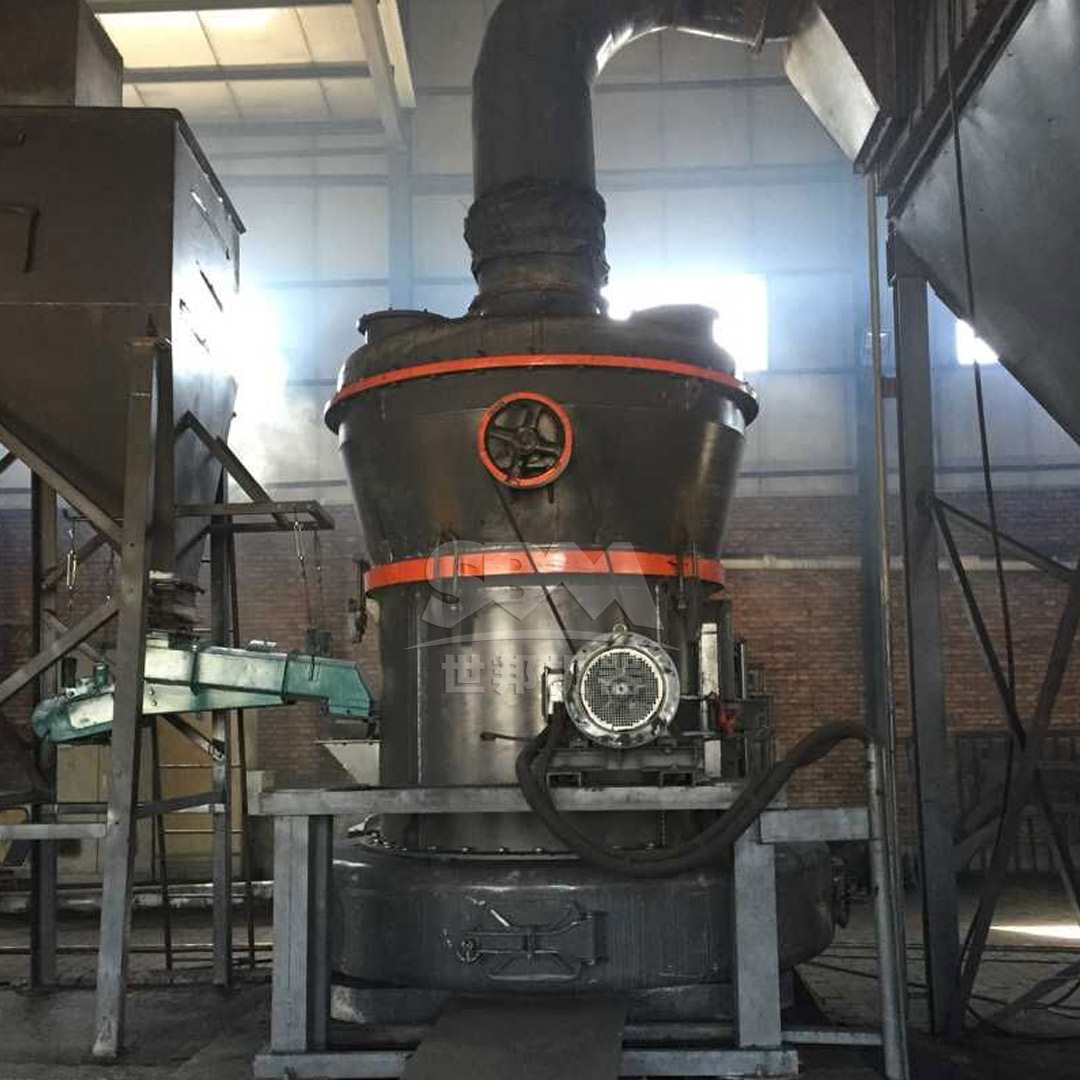The industrial paint industry demands consistent, high-quality barite powder with precise particle size distribution to achieve optimal performance in coatings, primers, and specialized finishes. Barite (barium sulfate) serves as a critical extender and filler, providing essential properties such as chemical inertness, low oil absorption, and excellent dispersion characteristics. Establishing an efficient barite grinding plant requires careful consideration of grinding technology, operational costs, and final product quality.
Modern barite processing facilities must balance production capacity with stringent environmental regulations while maintaining competitive operational expenses. This article explores the technical requirements for barite grinding in industrial paint applications and presents advanced milling solutions that deliver superior performance and cost-effectiveness.

Industrial paint formulations require barite powder with specific characteristics to ensure proper film formation, durability, and aesthetic properties. The key specifications include:
For most industrial paint applications, barite powder should fall within the 325 to 2500 mesh range (approximately 45 to 5 microns). Uniform particle distribution prevents settling in storage, ensures consistent gloss levels, and improves application properties. The D97 parameter (indicating that 97% of particles are below a specified size) is particularly critical for high-end coatings where surface smoothness is paramount.
Industrial-grade barite for paint applications typically requires a minimum BaSO4 content of 94-96%, with strict limits on soluble salts and heavy metals that could compromise coating performance or cause corrosion. Brightness and color consistency are also essential for maintaining batch-to-batch uniformity in pigmented systems.
Barite with controlled oil absorption (typically 7-14 grams of oil per 100 grams of pigment) helps maintain proper pigment binder ratios, preventing issues with viscosity, film integrity, and drying times.
Selecting appropriate grinding technology is crucial for achieving the desired barite characteristics while controlling operational costs. The choice depends on feed size, required output fineness, production capacity, and energy efficiency targets.
For applications requiring barite powder in the 325-2500 mesh range (5-45 microns), ultra-fine grinding systems offer the precision and efficiency needed for high-value industrial paints. Among the most advanced solutions available is the SCM Ultrafine Mill, specifically engineered for producing consistently fine barite powder with exceptional energy efficiency.
The SCM Ultrafine Mill operates with a unique grinding principle that combines centrifugal force with multiple grinding layers. Material enters the mill and is distributed evenly across the grinding path, where it undergoes progressive size reduction through roller compression against rotating grinding rings. This multi-stage approach ensures uniform particle size distribution with minimal energy consumption.
Key advantages of the SCM Ultrafine Mill for barite processing include:
| Model | Capacity (ton/h) | Main Motor Power (kW) | Output Fineness (mesh) | Feed Size (mm) |
|---|---|---|---|---|
| SCM800 | 0.5-4.5 | 75 | 325-2500 | ≤20 |
| SCM900 | 0.8-6.5 | 90 | 325-2500 | ≤20 |
| SCM1000 | 1.0-8.5 | 132 | 325-2500 | ≤20 |
| SCM1250 | 2.5-14 | 185 | 325-2500 | ≤20 |
| SCM1680 | 5.0-25 | 315 | 325-2500 | ≤20 |
For applications requiring barite in the 30-325 mesh range (45-600 microns) or when processing larger volumes, the MTW Series Trapezium Mill provides an excellent balance of capacity, efficiency, and product quality. This advanced grinding system incorporates several technological innovations specifically beneficial for barite processing.
The MTW mill features an optimized grinding curve and wear-resistant components that maintain consistent performance even with abrasive materials like barite. Its curved air channel design reduces energy losses during material transport, while the integrated cone gear transmission achieves 98% efficiency with reduced installation footprint.
Notable features of the MTW Series for barite grinding include:

Designing an efficient barite grinding plant requires integrated planning of multiple subsystems, from raw material handling to final product packaging. Key considerations include:
Barite typically arrives at the processing plant in lump form with sizes up to 200mm. Primary crushing reduces the material to below 50mm, while secondary crushing further reduces it to the optimal feed size for the grinding mill (typically 0-20mm for ultra-fine mills). Jaw crushers and hammer mills are commonly employed for these stages, with the Hammer Mill (0-3mm) being particularly effective for producing uniformly small feed material for fine grinding operations.
Barite grinding efficiency depends significantly on moisture content, with most mills requiring feed moisture below 6-8%. When processing naturally moist barite or material from wet beneficiation processes, rotary dryers or vertical drying systems may be necessary. Integrated drying-grinding systems like the LM Vertical Roller Mill offer advantages for materials with moderate moisture content.
Precise classification is essential for meeting the tight particle size specifications required by the paint industry. Turbo classifiers, cyclone separators, and baghouse filters work in sequence to separate the ground barite into specified size fractions while ensuring minimal product loss and environmental compliance. Modern plants employ intelligent control systems that automatically adjust classifier speed and air flow to maintain consistent product quality despite variations in feed material.
The economic viability of a barite grinding plant depends on multiple factors, including capital investment, energy consumption, maintenance costs, and product value. Advanced grinding technologies like the SCM Ultrafine Mill and MTW Trapezium Mill offer compelling economic advantages through:
Energy typically represents 40-60% of the operating cost in barite grinding operations. Modern mills achieve significant savings through optimized grinding mechanics, efficient classification, and reduced pressure drops in air systems. The SCM Ultrafine Mill, for example, reduces energy consumption by 30% compared to conventional jet mills while doubling production capacity.
Wear part longevity directly impacts operational expenses in barite grinding due to the mineral’s moderate abrasiveness. Advanced mills incorporate specially hardened materials and innovative designs that extend service intervals. The MTW Series Trapezium Mill features combination shovel blades that can be replaced individually, reducing replacement costs by 40-50% compared to traditional designs.
Producing consistently high-quality barite powder commands premium pricing in the industrial paint market. The precise particle size control and uniform distribution achieved with advanced grinding systems like the SCM and MTW mills enable producers to target higher-value applications, improving profit margins despite potentially higher capital investment.
| Grinding Technology | Energy Consumption (kWh/ton) | Maintenance Cost ($/ton) | Typical Capacity (ton/h) | Product Value Index |
|---|---|---|---|---|
| Ball Mill | 45-60 | 8-12 | 5-50 | 1.0 |
| Raymond Mill | 35-50 | 6-9 | 3-25 | 1.2 |
| MTW Trapezium Mill | 28-40 | 4-7 | 3-45 | 1.4 |
| SCM Ultrafine Mill | 40-55 | 5-8 | 0.5-25 | 1.8 |
Modern barite grinding plants must address multiple environmental considerations, including dust emissions, noise pollution, and energy efficiency. Advanced milling systems incorporate comprehensive environmental protection features:
Pulse-jet baghouse filters with collection efficiency exceeding 99.9% ensure that particulate emissions remain well below regulatory limits (typically <20mg/m³). Integrated systems maintain negative pressure throughout the grinding and classification circuit, preventing fugitive dust emissions.
Soundproofing enclosures, vibration damping systems, and precision-engineered mechanical components maintain operational noise levels below 75-85dB, depending on the equipment size and configuration. This protects workers and minimizes community impact in populated areas.
Beyond reducing operating costs, lower energy consumption directly translates to reduced carbon footprint. The SCM Ultrafine Mill’s 30% energy reduction compared to conventional technologies represents a significant sustainability advantage, particularly when coupled with efficient classification systems that minimize recirculation of already-sized material.

A barite processing plant in Asia recently upgraded its grinding circuit to target the high-value industrial paint market. The facility replaced two conventional ball mills with one SCM1250 Ultrafine Mill and one MTW175G Trapezium Mill, creating a flexible production system capable of manufacturing both standard and premium barite products.
The results after six months of operation demonstrated significant improvements:
This case illustrates how strategic investment in advanced grinding technology can deliver both operational efficiencies and market advantages in the competitive barite processing industry.
The evolution of barite grinding technology continues to focus on greater efficiency, tighter particle size control, and enhanced operational flexibility. Emerging trends include:
Advanced process control using artificial intelligence and machine learning algorithms optimizes mill operation in real-time, adjusting parameters based on feed characteristics and product specifications. These systems can predict maintenance needs, further reducing unplanned downtime.
Combining different grinding technologies in series or parallel configurations allows producers to maximize efficiency across different product size ranges. For example, using an MTW Trapezium Mill for initial size reduction followed by an SCM Ultrafine Mill for final polishing creates an optimized circuit for premium products.
As sustainability becomes increasingly important, barite grinding plants are exploring ways to incorporate recycled materials and optimize resource utilization. Advanced classification systems enable more efficient recovery of in-spec material from waste streams, reducing raw material consumption.
Establishing a cost-effective barite grinding plant for high-quality industrial paints requires careful technology selection based on specific product requirements, production volumes, and economic objectives. Advanced grinding systems like the SCM Ultrafine Mill and MTW Series Trapezium Mill offer compelling advantages in energy efficiency, product quality, and operational reliability.
By implementing these technologies within a well-designed processing circuit, barite producers can consistently manufacture premium products that meet the exacting standards of the industrial paint industry while maintaining competitive operating costs. As market demands evolve toward finer particle sizes and tighter specifications, continued innovation in grinding technology will further enhance the value proposition of modern barite processing facilities.